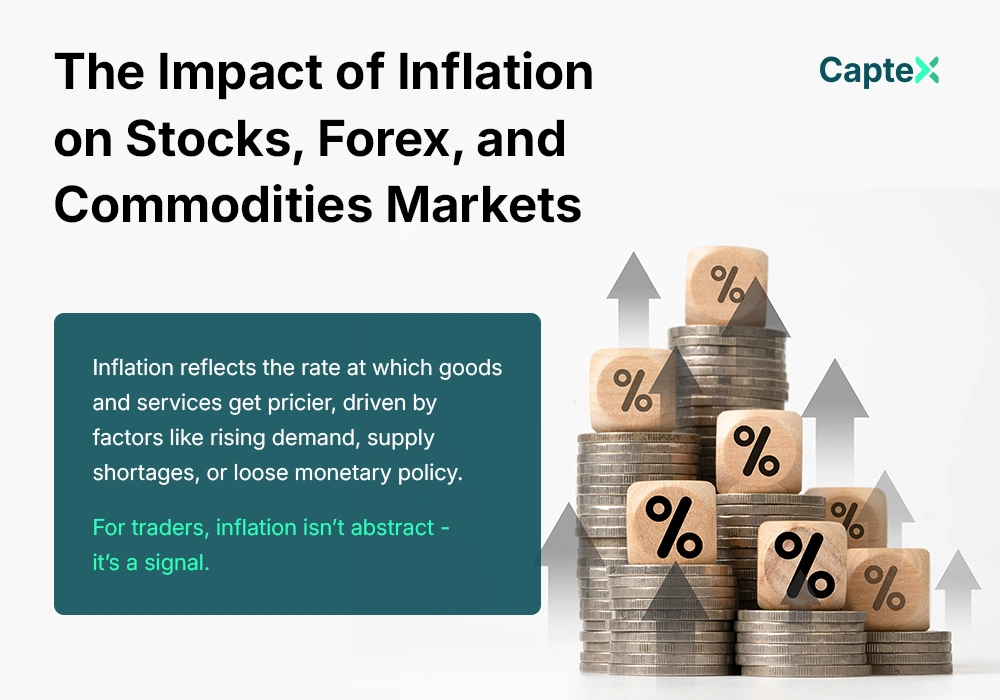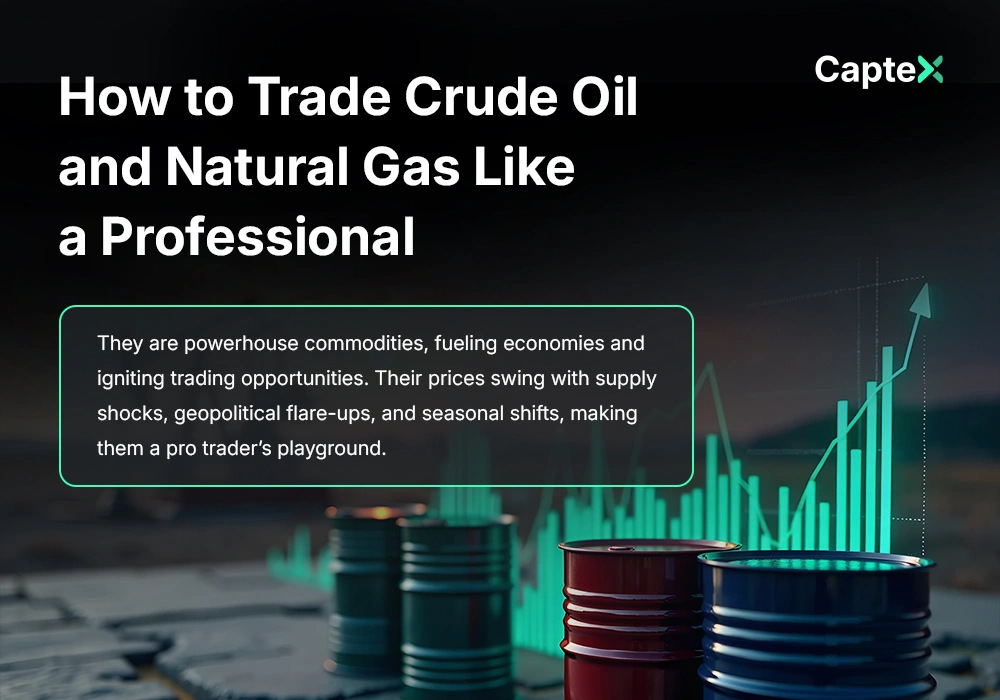Geopolitical events shape the world in ways that ripple through financial markets, and commodity prices are no exception. From oil to metals to agricultural goods, global tensions, policy shifts, and unexpected crises can send prices soaring or crashing. For traders, understanding these dynamics is crucial to navigating the volatility and seizing opportunities. This article explores how geopolitical events influence commodity markets and offers practical insights for trading them effectively.

The Connection Between Geopolitics and Commodities
Commodities are tangible goods tied to supply and demand, but their prices often hinge on more than just production levels or consumption trends. Geopolitical events—like wars, sanctions, or trade disputes—disrupt the delicate balance of global trade. Take oil, for instance. A conflict in a major producing region can choke supply lines, driving prices up as markets scramble for alternatives. Similarly, a trade agreement between two powerhouse economies might boost demand for industrial metals, pushing their values higher.
These events don’t just affect supply chains; they sway market sentiment too. Uncertainty breeds volatility, while stability can calm prices. Traders need to recognize that commodities aren’t traded in a vacuum—political headlines can outweigh technical charts on any given day. Keeping a finger on the pulse of global affairs is as important as studying price patterns.
Oil Markets and Regional Instability
Oil is the poster child for geopolitical sensitivity. When tensions flare in oil-rich regions, prices react fast. Think of a military standoff in a key production area—say, the Middle East. Pipelines get threatened, exports stall, and the market prices in the risk. A real-world example is how oil spiked when drone attacks hit facilities in a major producing country a few years back, cutting output overnight.
Traders can capitalize on this by monitoring flashpoints. A sudden escalation might signal a buy, but don’t ignore the flip side—peace talks or resolutions can tank prices just as quickly. Use futures contracts to hedge or speculate, and watch volume spikes for confirmation of market moves. Oil’s volatility demands quick thinking, but the rewards can be substantial if you’re prepared.
Metals and Trade Wars
Industrial metals like copper, aluminum, and steel often dance to the tune of international trade policies. When two economic giants slap tariffs on each other, demand for metals can plummet as manufacturing slows. Conversely, a trade truce can spark a rally as industries ramp up production. Copper, dubbed “Dr. Copper” for its economic forecasting power, is especially telling—its price often dips during trade spats and climbs when optimism returns.
To trade metals during these events, focus on economic data alongside the headlines. A tariff announcement might lag in its market impact until factory output numbers roll in. Pair this with technical levels—say, a breakout above a resistance line—to time your entries. Patience here pays off, as metals can be slower to react than oil but still offer solid moves.
Key metals to watch:
- Copper: Reflects industrial demand and economic health.
- Gold: A safe-haven asset that shines during uncertainty.
Agricultural Commodities and Weather-Related Geopolitics
Agricultural goods like wheat, corn, and soybeans face a unique geopolitical twist—weather tied to political borders. A drought in a breadbasket region can slash harvests, but if that area’s also embroiled in conflict or sanctions, exports might grind to a halt. Imagine a major grain producer facing both a dry spell and a trade embargo—prices could skyrocket as global buyers hunt for substitutes.
Traders should track weather forecasts and political developments in tandem. A supply shock might push futures prices up, offering a chance to go long. But beware of overreactions—markets sometimes cool off once the initial panic fades. Use stop-losses to manage the risk, as agricultural commodities can swing wildly when nature and politics collide.

Gold as a Safe Haven During Crises
When geopolitical chaos erupts—think coups, invasions, or currency crises—traders flock to gold. It’s the ultimate safe-haven asset, thriving when trust in paper money or stability wanes. A sudden escalation in global tensions can send gold prices climbing as investors seek refuge. Yet, the opposite holds true too—a de-escalation or positive diplomatic breakthrough might see gold shed gains fast.
Trading gold during these times means watching sentiment closely. A sharp uptick in buying volume often signals fear-driven demand. Pair this with RSI or Bollinger Bands to spot overbought conditions and avoid chasing peaks. Gold’s moves can be dramatic, so small positions with clear exit plans keep you in control.
Sanctions and Supply Chain Disruptions
Sanctions are a geopolitical sledgehammer, slamming commodity flows with little warning. When a major producer gets cut off from global markets—say, a country exporting rare metals or natural gas—supply tightens, and prices surge. The flip side? Rival producers might ramp up output, eventually easing the pressure. Traders saw this when sanctions hit a key gas supplier, sending European prices through the roof until alternative sources kicked in.
The trick is timing. Jump in early when sanctions are announced, but don’t overstay—markets adapt. Monitor news for hints of loopholes or new trade routes that could shift the trend. Flexibility is your edge here, as sanctions can drag on or resolve unexpectedly.
Trading tips for sanctions:
- Act fast on initial news but set tight stops.
- Watch for secondary effects on substitute commodities.
Strategies for Trading Geopolitical Volatility
Trading commodities during geopolitical upheaval isn’t just about reacting—it’s about planning. Start by building a watchlist of assets tied to volatile regions or policies. Cross-reference this with an economic calendar to anticipate scheduled events like summits or sanction updates. When unscheduled crises hit, lean on real-time news feeds to stay ahead of the curve.
Position sizing matters—geopolitical moves are unpredictable, so keep trades manageable. Use options or futures to limit downside while still capturing upside potential. And don’t forget technicals—support and resistance levels still hold weight, even in news-driven markets. Blend these tools to turn chaos into opportunity.
Bottom Line
Geopolitical events are a double-edged sword for commodity traders—disruptive yet profitable if you play them right. Oil jumps on regional strife, metals sway with trade policies, crops reel from weather and politics, gold glimmers in crises, and sanctions redraw supply maps. Success lies in preparation, quick action, and disciplined risk management. Markets don’t care about borders or headlines, but they do reward those who decode the signals. Stay sharp, adapt fast, and let these events fuel your trading edge.





